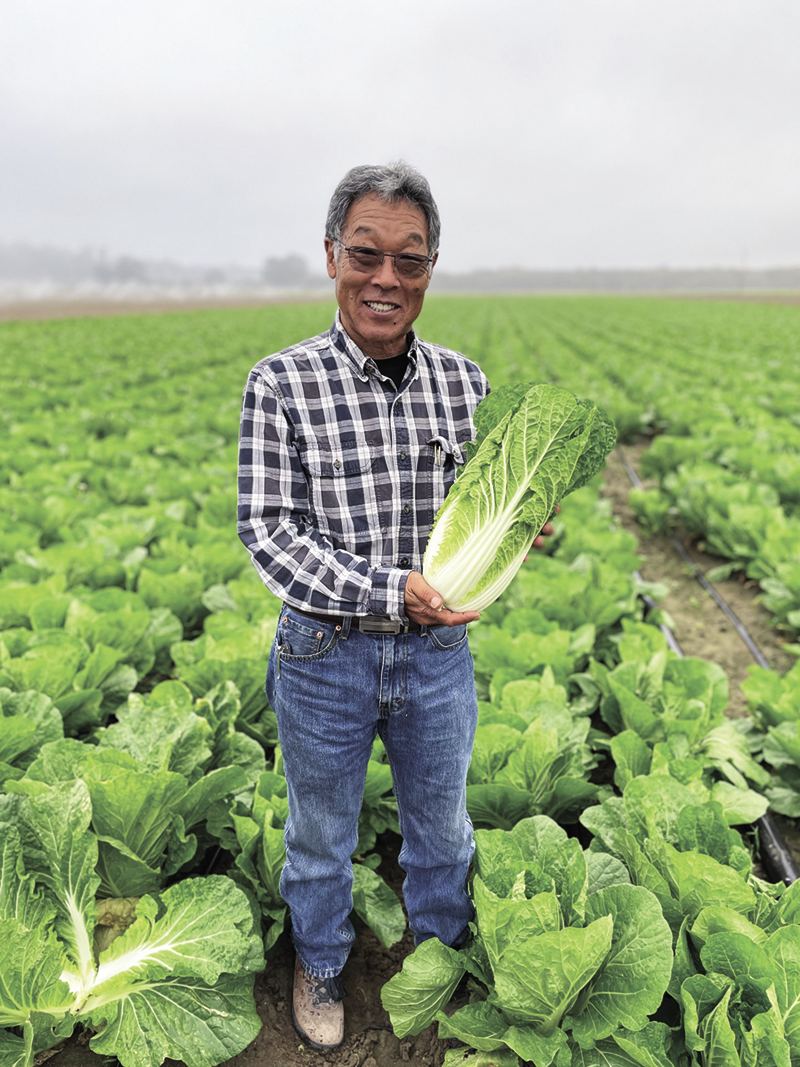From the Fields - Tom Ikeda

Photo/Aubrey Aquino
By Tom Ikeda, San Luis Obispo County vegetable grower
The season started wet, so it was slow going. The winter rains forced us to shift a lot of our plantings. Certain crops grow better in certain fields, and we target those. All that planning went out the window in February because we were planting where it was dry enough to get into the field. This threw off our entire planting schedule. It has made some of our planting rotations pretty tight.
The cool spring set things back by two weeks. Summer has been mild with ideal growing conditions along the coast. The inland heat didn’t quite reach us. We stayed cool and foggy.
From now through September, we are in the last push to plant for the Thanksgiving vegetable market. This is our busiest time of year. Our planting cycles are short, which adds pressure to irrigation and tractor work. The glitches from earlier in the year make this time more stressful than usual.
Despite the stress, there are things to be excited about. The reservoirs are still fairly full, and the groundwater levels are up, so at least we won’t have to worry about water shortages for the next year or two. Some of our production has been good, and we’ve had decent prices on some crops. But as a planner, I’m always looking at what could go wrong and how to avoid it.
There were some good prices in late spring, but overall, prices have been average. The winter rains we hoped would create some market opportunities did, but not as much as we would’ve liked. Lettuce prices were good for a bit, as were cilantro and some Asian vegetables, but most of those have come back down.
We are keeping an eye on some of the automation projects and equipment, whether it’s cultivation, thinning or harvesting. With labor costs going up, anything we can do to reduce labor is something we have to take a serious look at.




